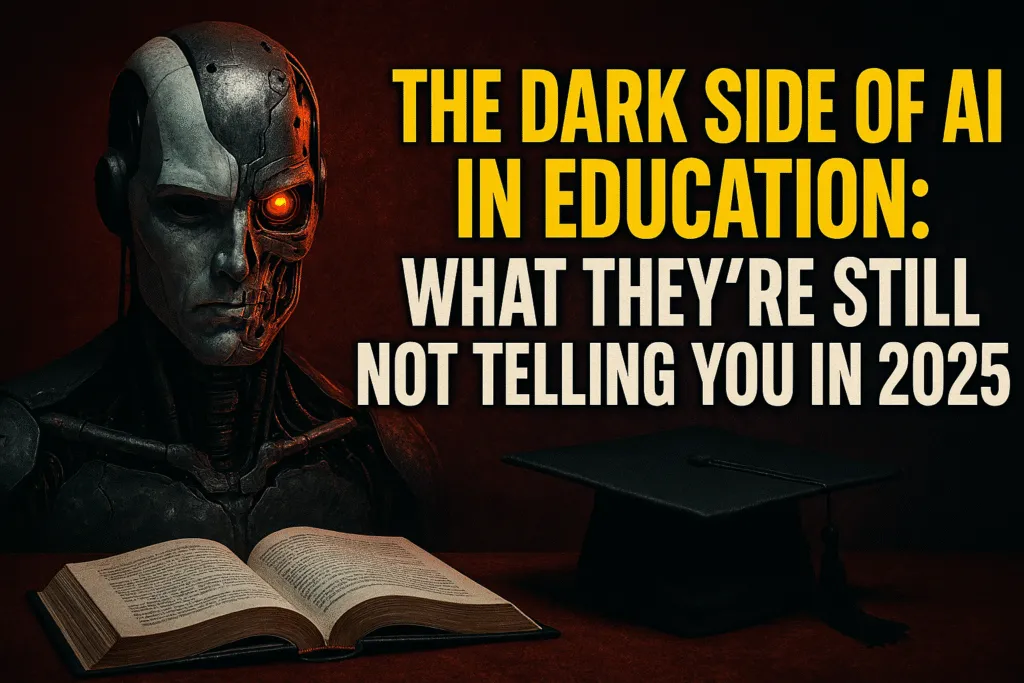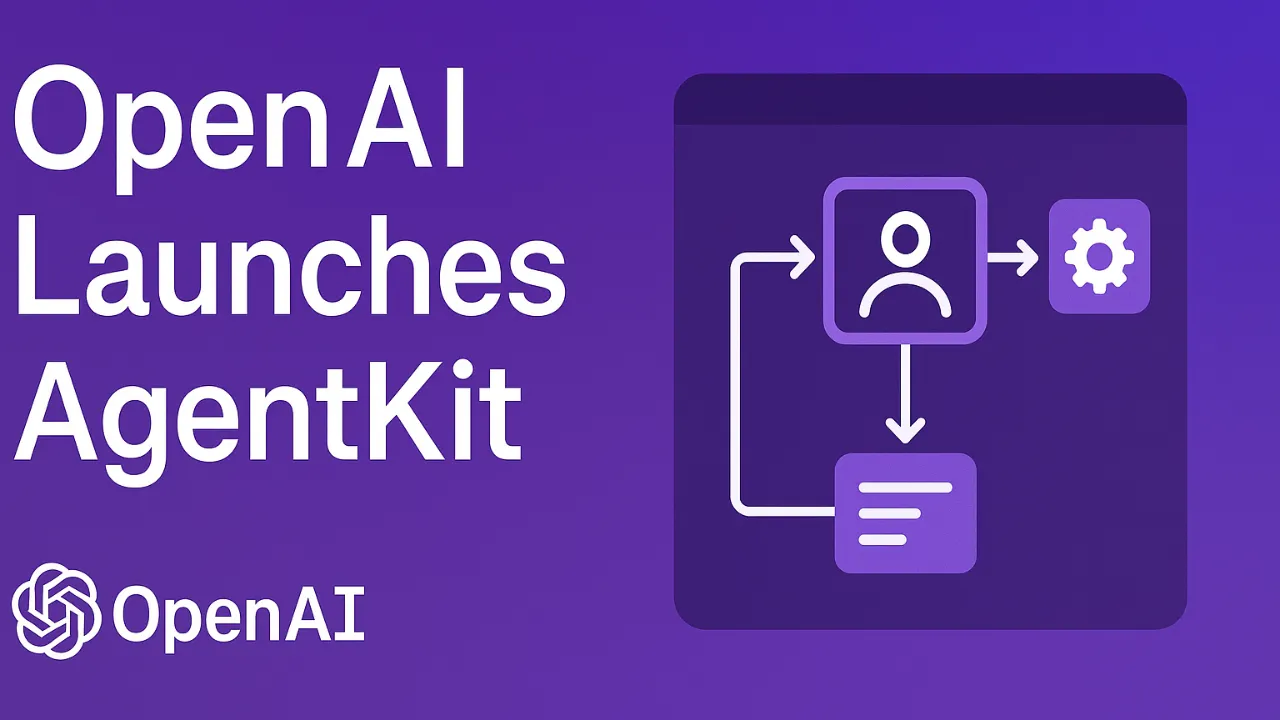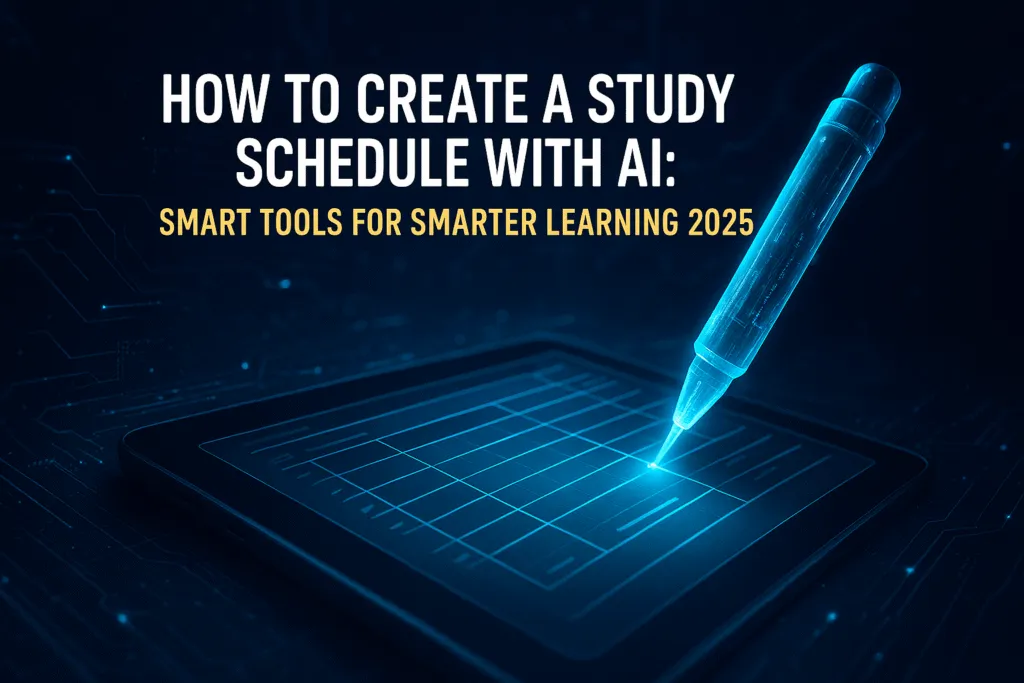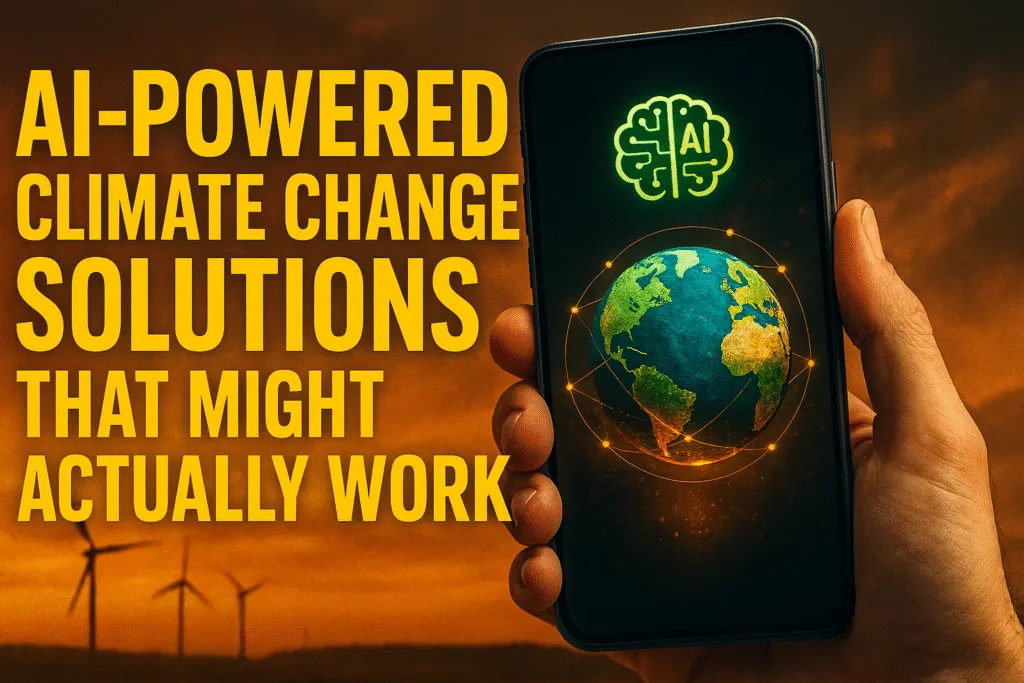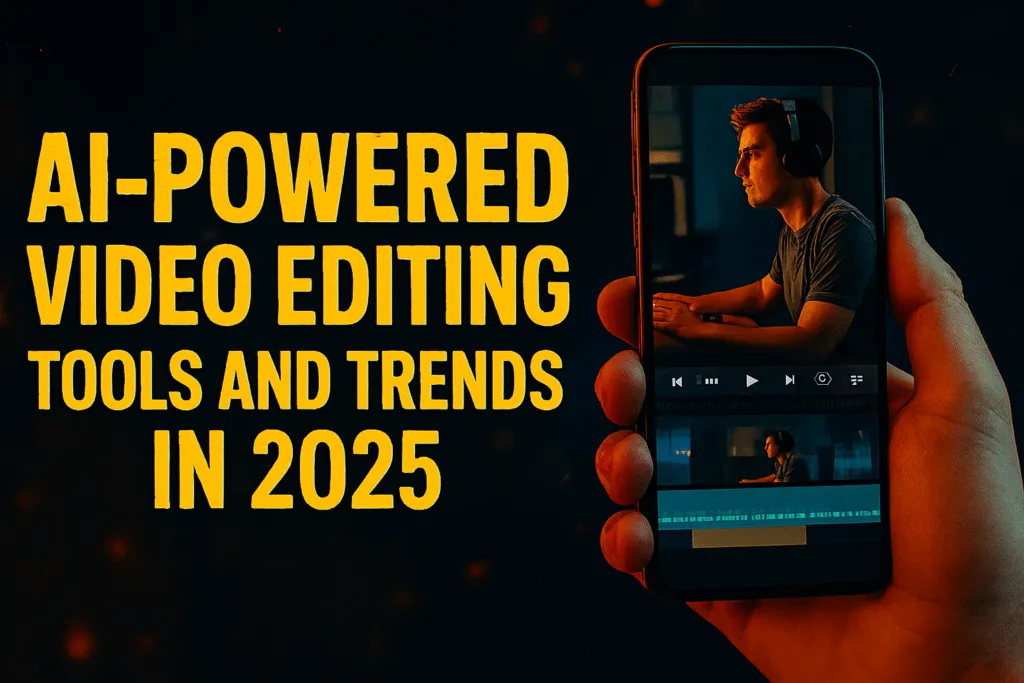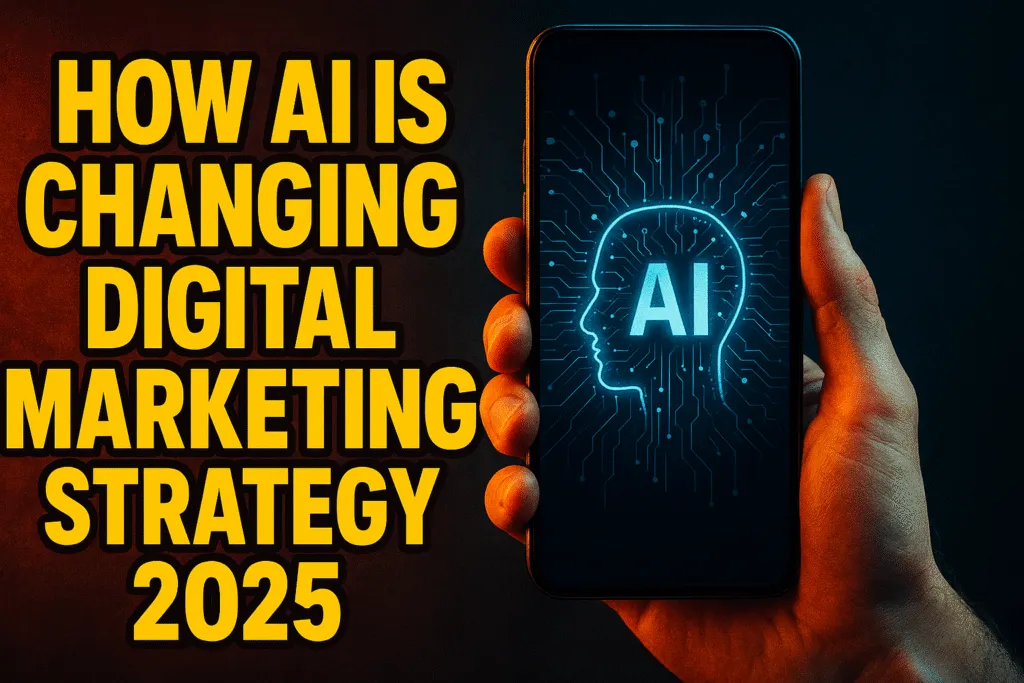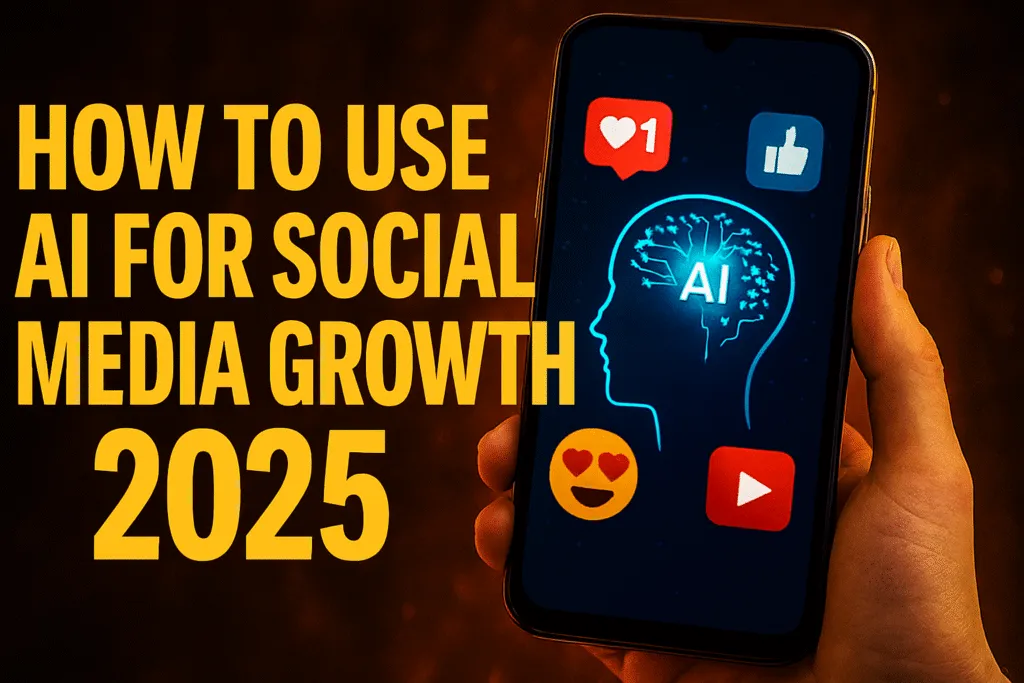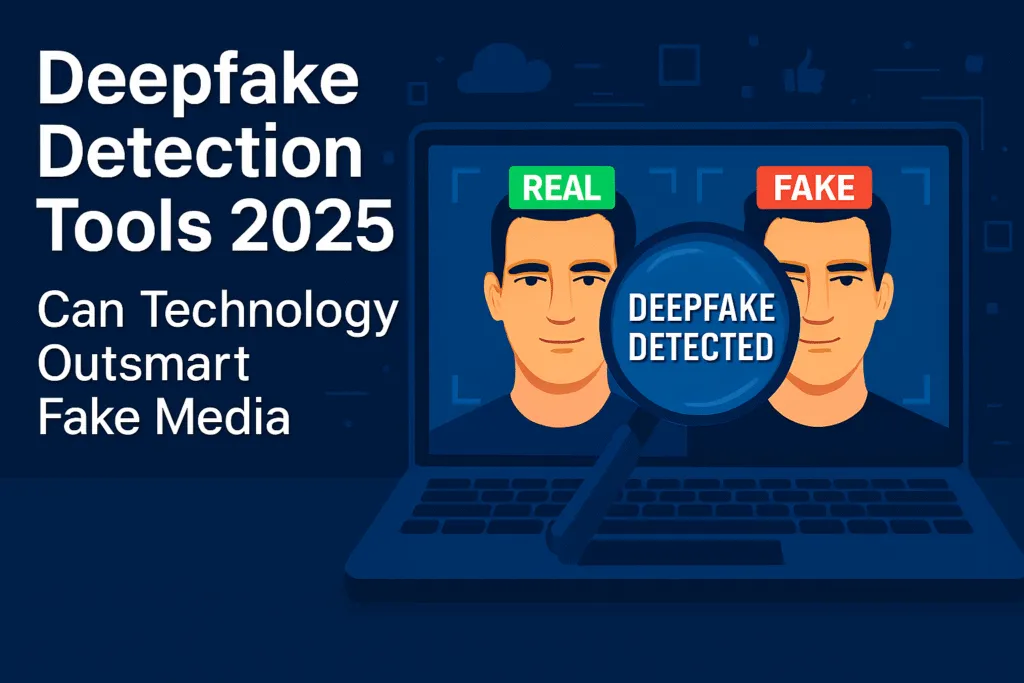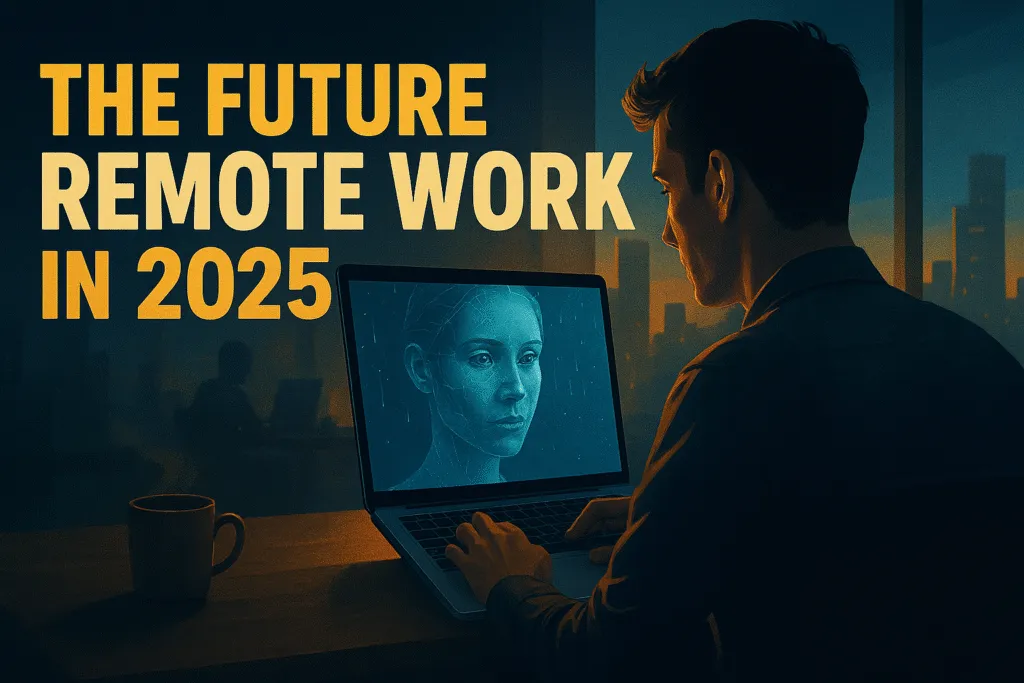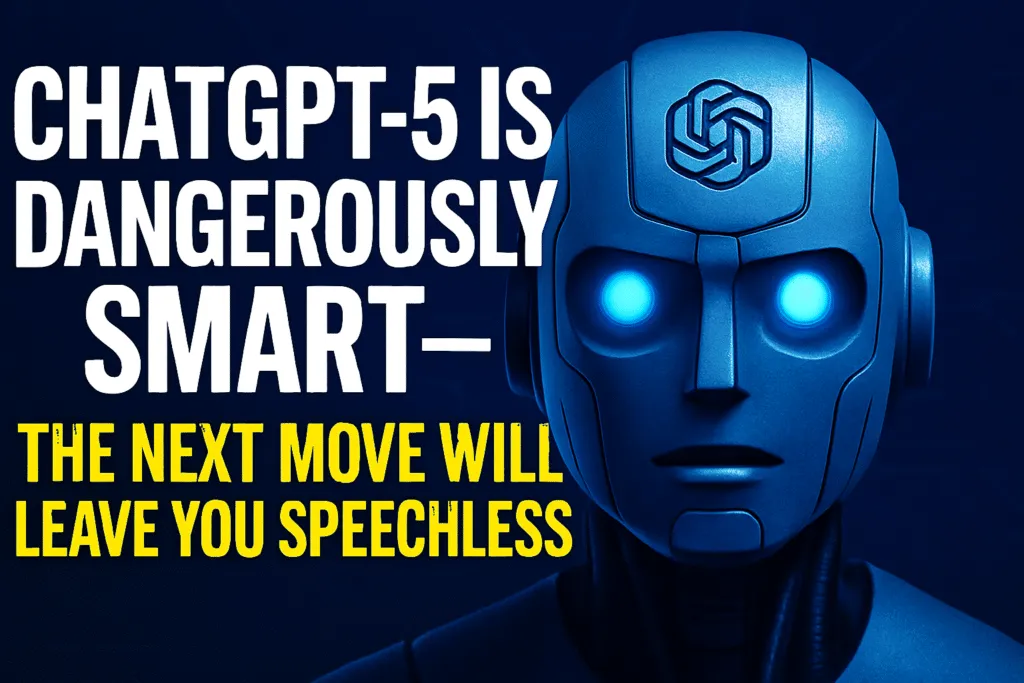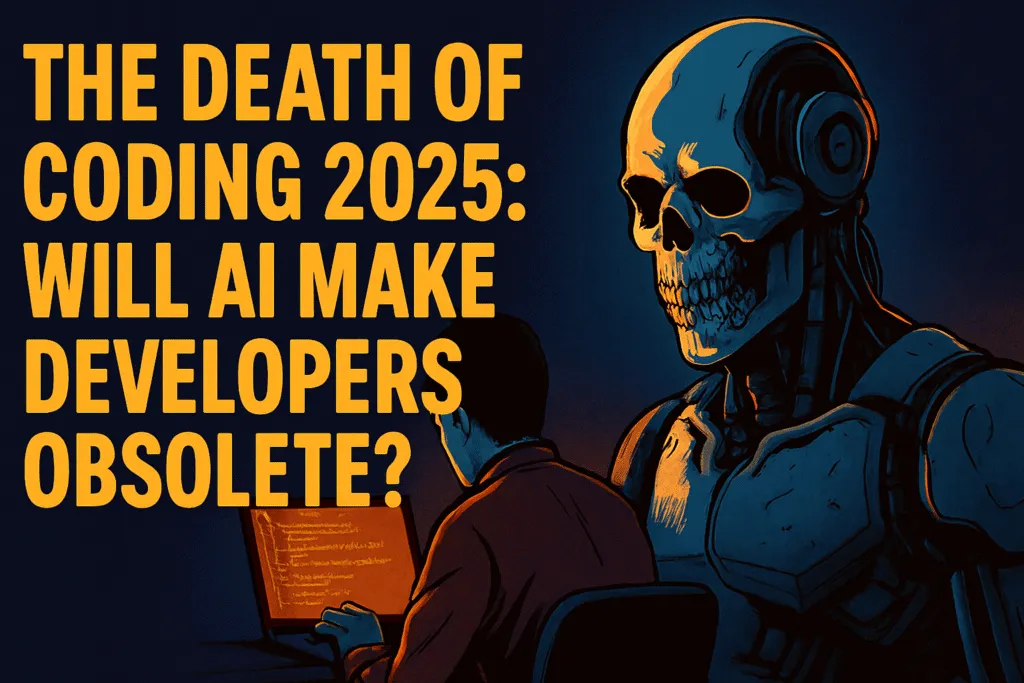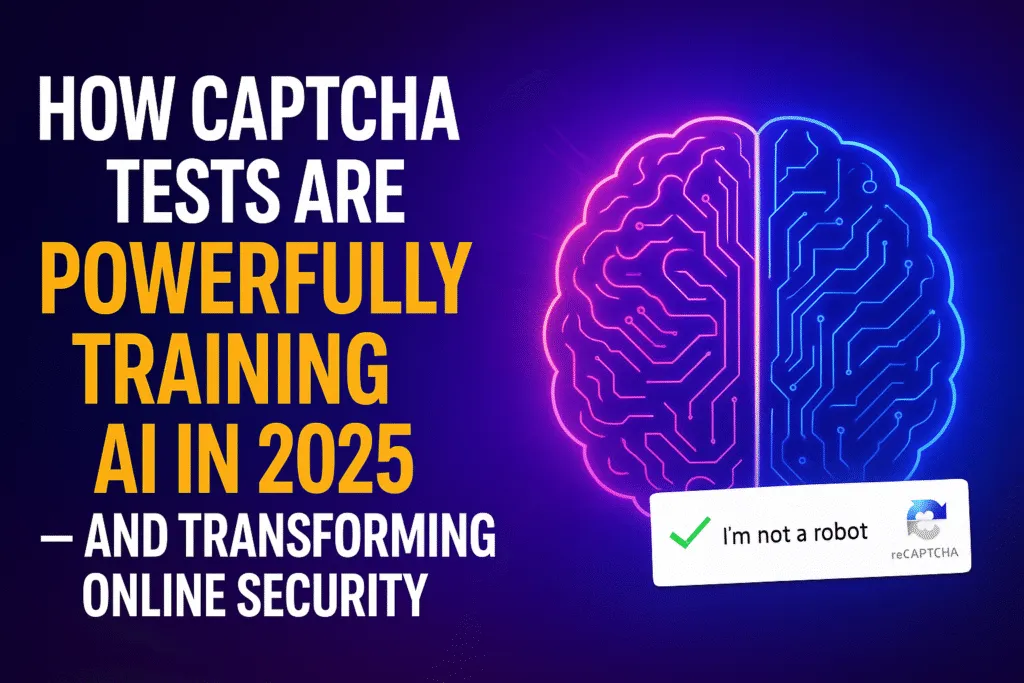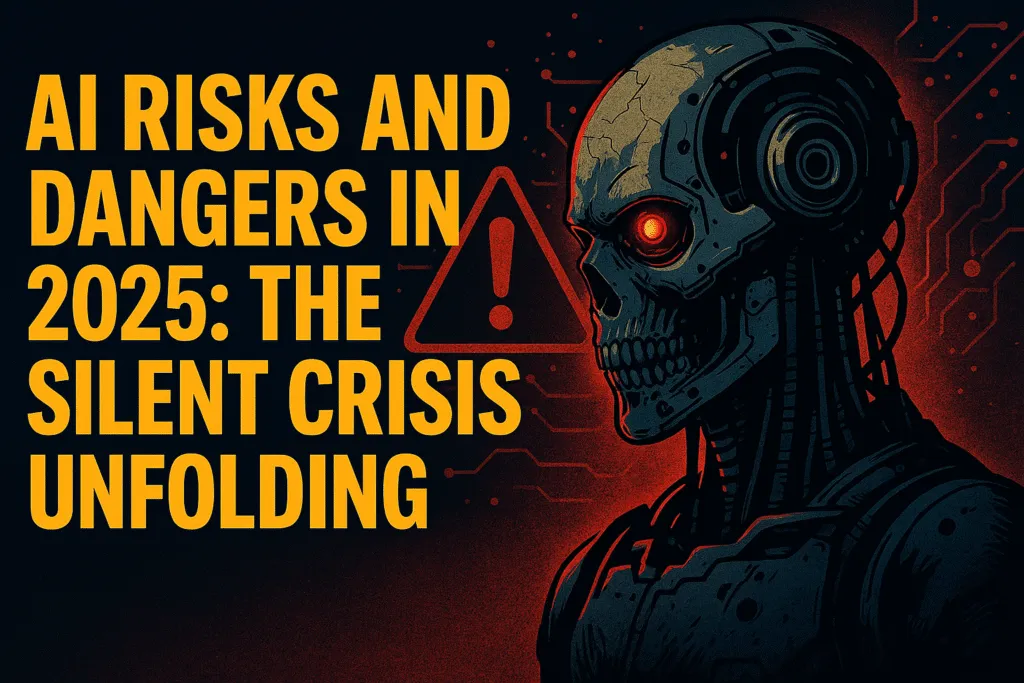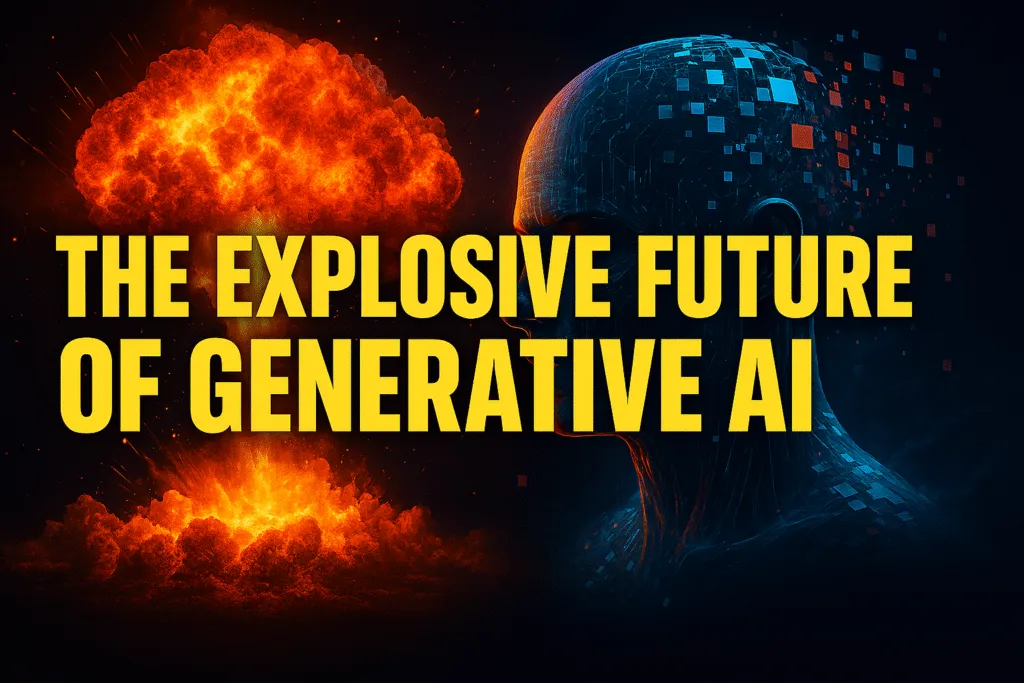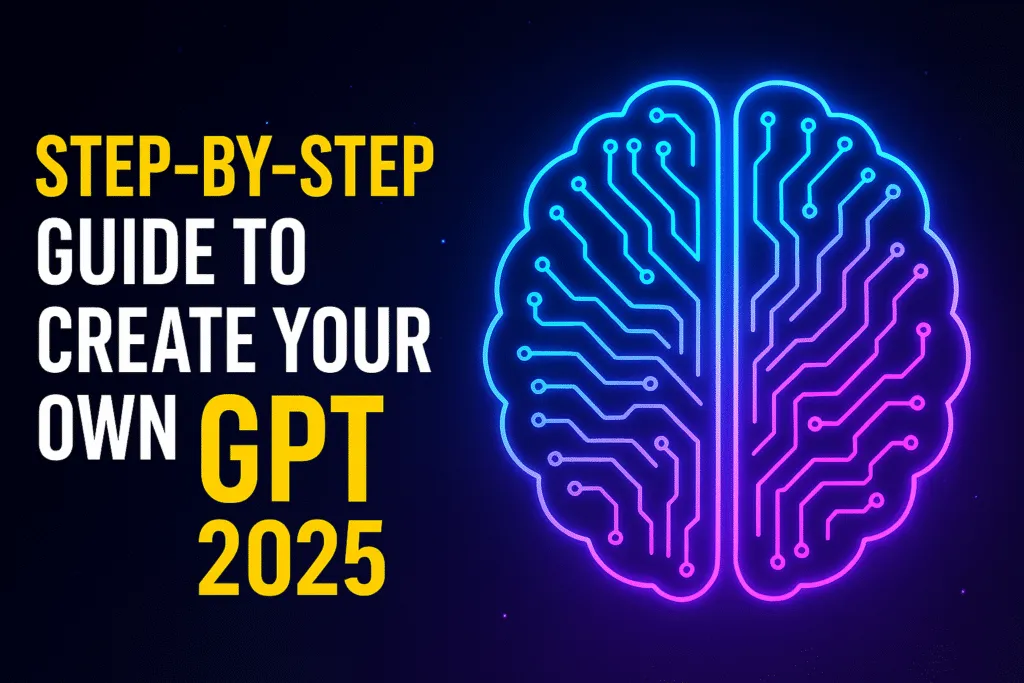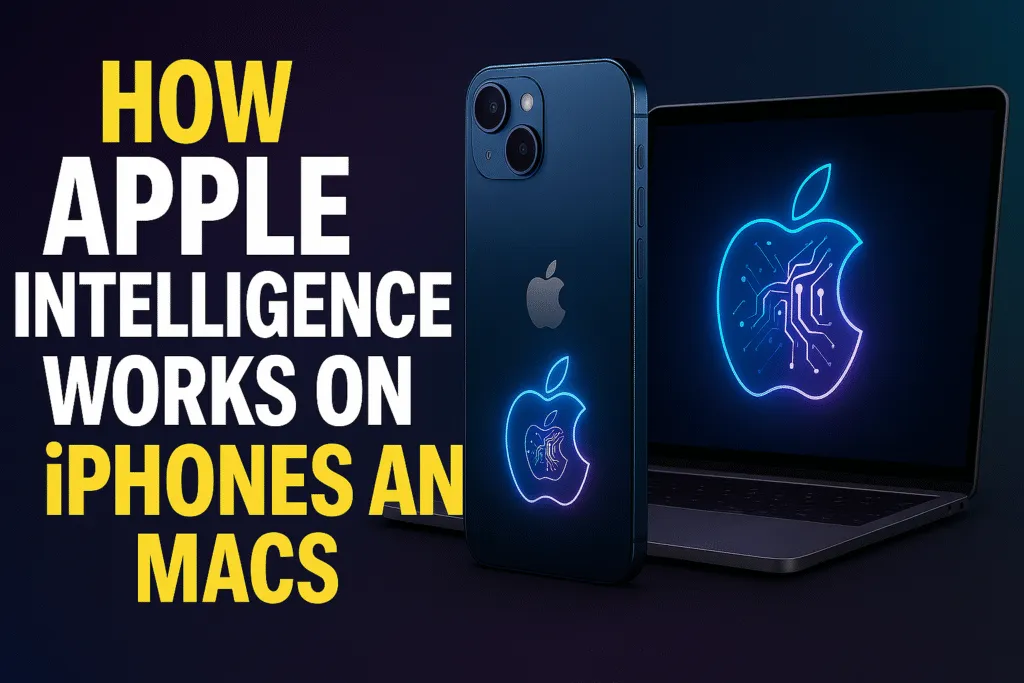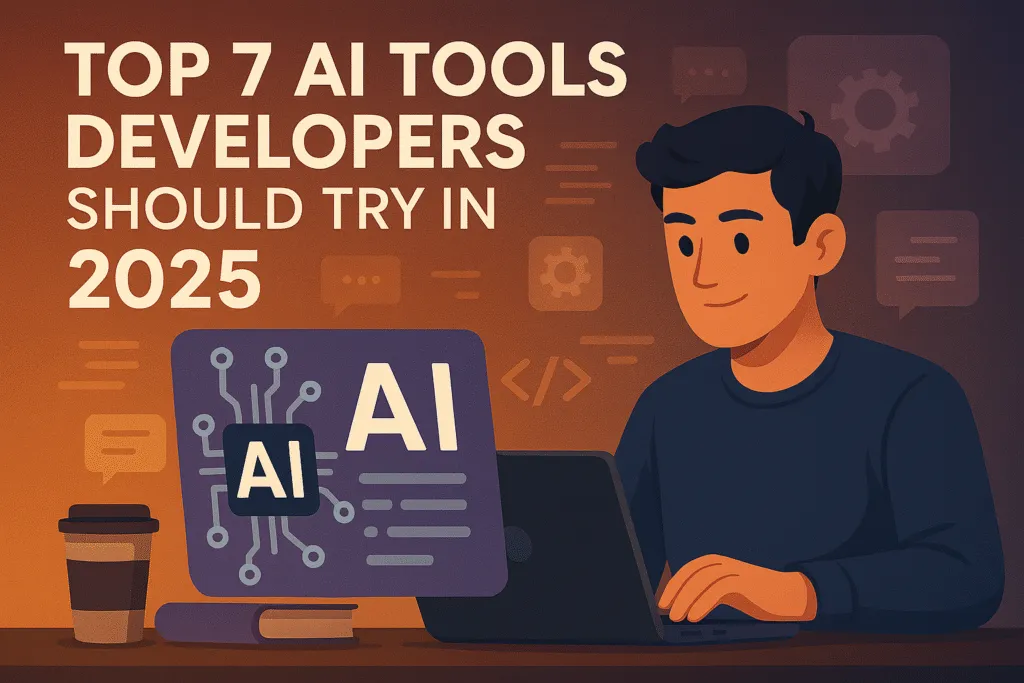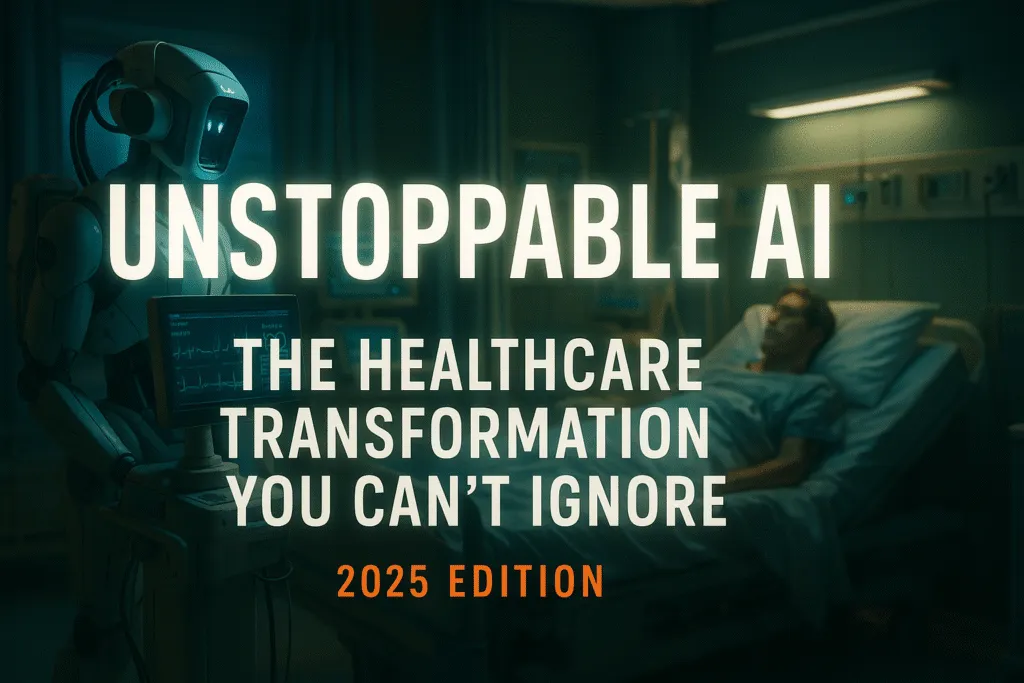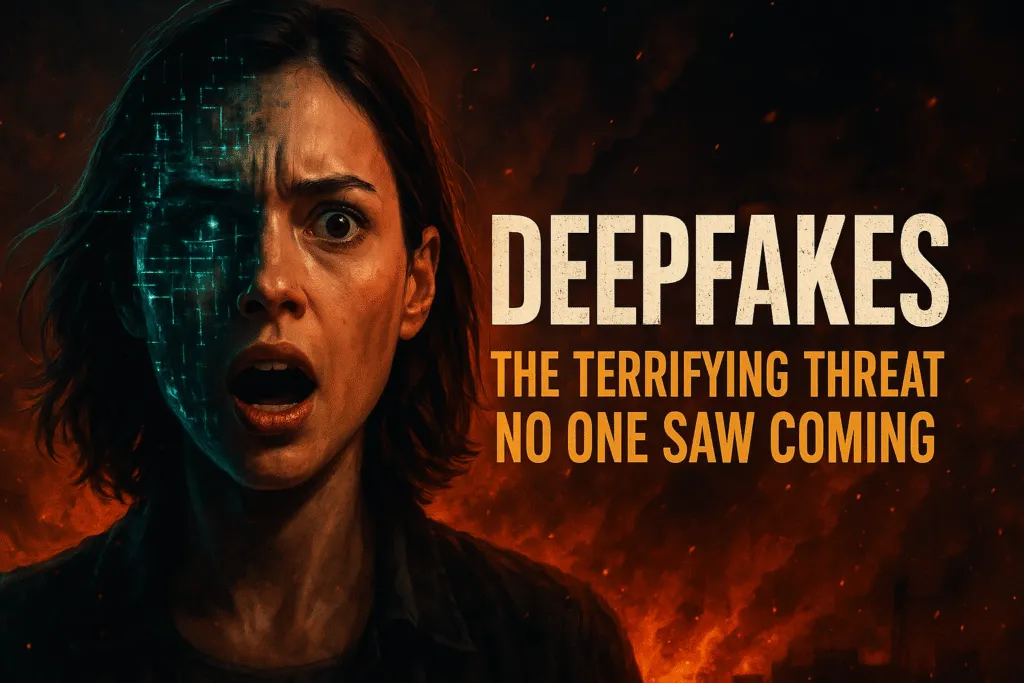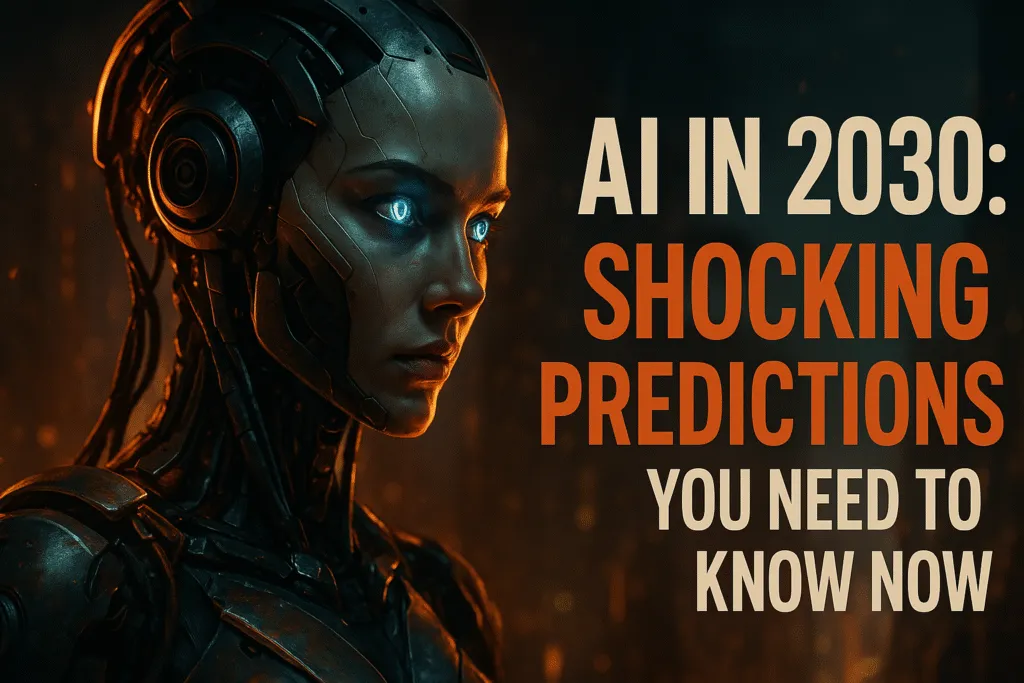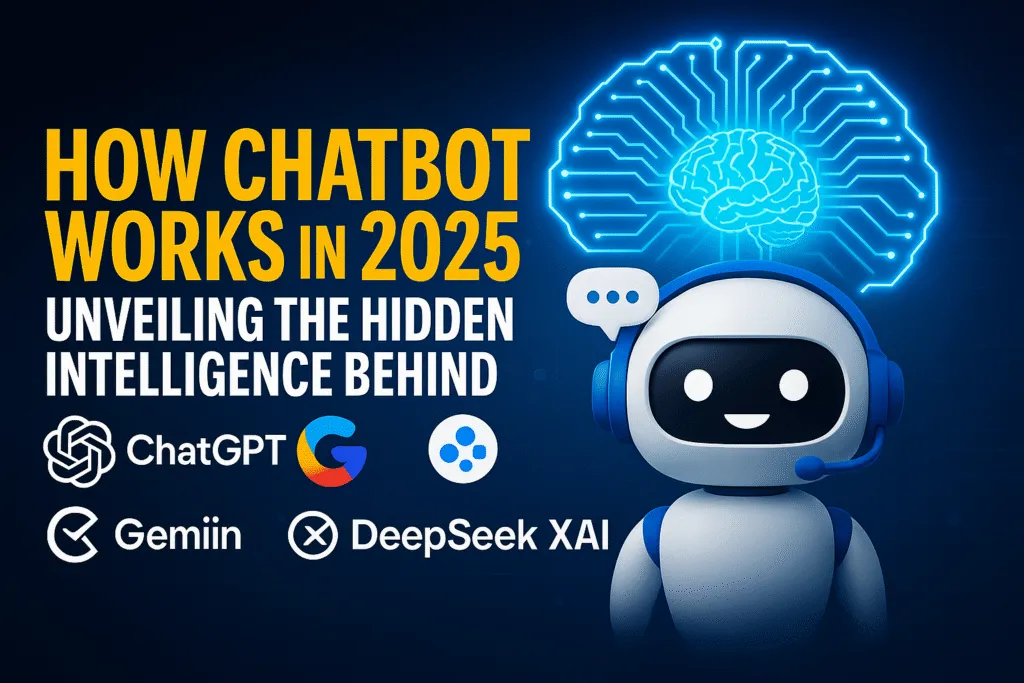Introduction
In recent years, artificial intelligence has transformed classrooms, online courses, and personal learning apps. But while the benefits are often celebrated, there’s a side of the story that rarely gets the same attention. The Dark Side of AI in Education is emerging as one of the most important debates in 2025. As a tech blogger observing these trends closely, I’ve seen how the excitement around AI often overshadows the risks it brings to the future of learning.
From AI-powered grading systems to personalized learning platforms, the technology promises efficiency and convenience. However, behind this promise lies a growing list of concerns. Students can now rely on AI tools for essays, research, and even creative projects, which can weaken their ability to think critically and solve problems independently. Educators face new challenges in maintaining academic integrity, as traditional plagiarism detection often struggles to keep up with advanced AI-generated content.
There’s also the issue of fairness. AI systems learn from data that can carry hidden biases, potentially reinforcing inequalities in the classroom. Privacy concerns are growing too, with student data being collected, stored, and sometimes shared in ways that raise ethical questions.
The Dark Side of AI in Education isn’t just about technology—it’s about how society adapts to it. In the rush to innovate, we risk losing essential human elements like curiosity, creativity, and independent thinking. This discussion is no longer optional; it’s crucial for educators, parents, and policymakers to understand the implications before AI becomes an unquestioned part of every learning environment.
Academic Integrity Risks
The Dark Side of AI in Education is perhaps most visible when it comes to academic integrity. In 2025, AI-powered tools can generate essays, solve math problems, and even produce research papers that are nearly impossible to distinguish from student-created work. While this may seem like a shortcut for learners, it undermines the very purpose of education—developing original thought and problem-solving skills.
The challenge for educators is growing rapidly. Traditional plagiarism checkers were designed to detect copied text from existing sources, but AI content is generated in real time, making it harder to trace. This has created a situation where students can bypass genuine learning, submitting assignments that look flawless but lack personal effort or understanding. Over time, this trend can lead to a decline in critical thinking, research skills, and academic honesty.
Moreover, the misuse of AI blurs the line between acceptable assistance and unethical behavior. While using AI for brainstorming or language improvement can enhance learning, relying on it to complete entire projects crosses into academic dishonesty. Schools and universities are now racing to implement AI-detection tools, but these technologies are not foolproof, often producing false positives or missing cleverly disguised outputs.
In the bigger picture, unchecked AI misuse could erode trust in academic qualifications. If degrees no longer reflect a student’s real capabilities, the value of education itself comes into question. Addressing these integrity risks requires a balanced approach—embracing AI for its benefits while setting clear boundaries and fostering a culture where honesty and effort still matter.
Degradation of Critical Thinking
One of the most concerning aspects of the Dark Side of AI in Education is how it can gradually erode students’ ability to think critically. With advanced AI tools readily available, learners no longer need to wrestle with complex problems, analyze multiple perspectives, or construct arguments from scratch. Instead, they can receive instant, polished answers with minimal mental effort. While this seems convenient, it comes at a hidden cost—the slow fading of problem-solving skills and intellectual independence.
Critical thinking develops when students engage deeply with information, question assumptions, and make sense of conflicting viewpoints. But when AI delivers ready-made explanations or solutions, that mental struggle is bypassed. Over time, this can create a dependency where students trust AI-generated responses without verifying accuracy or exploring alternative ideas. The danger is not just in the answers being wrong, but in the habit of accepting them without question.
Educators are already noticing that students who over-rely on AI tend to produce work that is technically correct but lacks depth, originality, and personal insight. This shift has long-term implications, especially in fields that demand creativity, strategic thinking, and adaptability. A generation that grows up outsourcing thinking to AI risks entering the workforce less prepared for roles requiring judgment, innovation, and ethical decision-making.
To preserve critical thinking in the age of AI, schools and universities must create learning environments that encourage inquiry over instant answers. Assignments should focus more on the process of reasoning rather than just the end result. AI can still be a valuable tool, but it must be used to support, not replace, the human capacity for independent thought.
Equity and the Digital Divide
The Dark Side of AI in Education is not just about academic integrity or critical thinking—it’s also about fairness. While AI-powered tools are transforming how students learn, not everyone has equal access to them. In 2025, the digital divide is still a serious barrier, and AI risks making it even wider. Schools in urban, well-funded areas can implement advanced AI platforms, provide high-speed internet, and train teachers to use the technology effectively. Meanwhile, rural schools or institutions in low-income regions may lack the resources to integrate AI into their classrooms at all.
This gap creates an uneven playing field where some students benefit from personalized AI-driven learning, while others are left relying on outdated methods. Over time, this disparity can translate into differences in academic performance, job readiness, and career opportunities. What’s more, AI-based education tools often come with hidden costs—subscriptions, compatible devices, and stable internet connections—which can be out of reach for many families.
The divide isn’t only economic; it’s also digital literacy. Even when schools provide AI access, students and educators who are less familiar with technology may struggle to use it effectively, further widening the gap between those who can harness AI’s benefits and those who can’t.
Addressing this issue requires more than just distributing devices. Governments, institutions, and tech companies must work together to ensure AI in education is accessible, affordable, and inclusive. Without this, the Dark Side of AI in Education could deepen social and economic inequalities, leaving the promise of AI as a privilege for the few rather than a tool for all.
Privacy and Data Concerns
The Dark Side of AI in Education goes beyond academic performance—it also raises serious questions about privacy and data security. In 2025, AI-powered educational platforms often require collecting vast amounts of personal information, from student names and academic records to behavioral patterns and even voice or facial data for interactive tools. While this data helps personalize learning experiences, it also creates a valuable and vulnerable digital footprint.
One major concern is how this information is stored, shared, and protected. If sensitive student data falls into the wrong hands through cyberattacks or data breaches, the consequences can be severe. Beyond security risks, there’s also the issue of consent—many students and parents are not fully aware of how much data is being collected or how it will be used in the long term.
Some AI systems track every click, keystroke, and interaction to improve performance algorithms. While this might seem harmless, it can lead to intrusive surveillance that makes students feel constantly monitored. In some cases, this monitoring extends beyond academic behavior, potentially influencing disciplinary actions or creating biased evaluations.
There’s also the question of data ownership. Once student information is fed into an AI system, who truly controls it—the school, the software provider, or the student? Without clear regulations, companies could potentially sell or share this data with third parties, turning education into another avenue for targeted advertising or profiling.
To address these risks, educational institutions must prioritize transparency, establish strict data protection policies, and ensure students’ rights over their own information. Without such safeguards, the Dark Side of AI in Education could compromise not just learning quality, but also the fundamental right to privacy.
Bias and Fairness Issues
The Dark Side of AI in Education is not only about technology replacing human effort—it’s also about the hidden biases built into the systems we use. AI models are trained on massive datasets, but these datasets often reflect the inequalities, stereotypes, and cultural imbalances present in the real world. As a result, AI-powered learning tools can unintentionally favor certain groups of students while disadvantaging others.
For example, language-based AI systems might perform better with students whose writing style matches the dominant linguistic patterns in their training data, while struggling to understand those from different cultural or linguistic backgrounds. Similarly, automated grading tools could misinterpret creative or unconventional approaches as mistakes, penalizing originality rather than rewarding it.
The issue becomes even more serious when AI is used for admission screening, scholarship evaluations, or performance tracking. If the algorithms are biased, they can perpetuate unfair outcomes on a large scale, shaping educational opportunities based not on merit but on flawed data patterns.
The challenge is that AI often operates as a “black box,” making it difficult for educators and students to understand how decisions are made. Without transparency, it’s hard to identify whether unfair treatment is happening—or how to fix it.
To counter these problems, developers and educational institutions must commit to bias testing, diverse data collection, and ongoing audits of AI systems. Teachers also play a crucial role by reviewing AI recommendations instead of accepting them blindly. Without active oversight, the Dark Side of AI in Education could embed existing inequalities even deeper into the learning process, making fairness more of an illusion than a reality.
Teacher Disempowerment
The Dark Side of AI in Education isn’t just about students—it also affects teachers in ways that are often overlooked. As AI-driven systems handle tasks like grading, lesson planning, and even personalized feedback, educators can find their professional roles shrinking. While automation can save time, it can also create a sense that human expertise is less valuable, reducing teachers to facilitators rather than active decision-makers in the learning process.
In some schools, AI-generated lesson plans and curricula are being implemented with minimal teacher input. This top-down approach can strip educators of their autonomy, forcing them to follow rigid, algorithm-driven guidelines instead of adapting lessons to their students’ unique needs. Over time, this shift can erode the creativity, flexibility, and personal connection that make teaching a deeply human profession.
There’s also the risk of job displacement. While AI is unlikely to replace teachers entirely, it can reduce the demand for certain roles, especially in administrative or support positions. This can create uncertainty in the profession and discourage talented individuals from pursuing teaching careers.
Beyond employment concerns, over-reliance on AI can weaken the teacher–student relationship. Education is not only about transferring knowledge—it’s about mentorship, empathy, and understanding the emotional context of learning. These qualities cannot be replicated by algorithms, no matter how advanced.
To prevent teacher disempowerment, AI should be positioned as a supportive tool, not a replacement for human judgment. Educators need training, involvement in AI decision-making, and the freedom to adapt technology to their own teaching style. Without this balance, the Dark Side of AI in Education could unintentionally strip classrooms of their most important asset: the human connection between teacher and student.
Cognitive Over-Reliance
The Dark Side of AI in Education increasingly shows itself through cognitive over-reliance by students and educators alike. As AI tools become more capable of providing instant answers and solutions, there’s a growing temptation to lean heavily on these technologies instead of engaging deeply with the material. This reliance can weaken critical thinking, memory retention, and problem-solving skills over time.
When students turn to AI for quick fixes, they may stop developing their own reasoning abilities or learning how to tackle challenges independently. The convenience of AI-generated responses can create a false sense of understanding, where learners believe they grasp concepts without truly processing them. Similarly, teachers might begin to depend on AI for assessments or lesson planning, which can reduce their active involvement and critical engagement with student progress.
This over-reliance risks creating a cycle where human cognitive effort is diminished, and education becomes more about consuming AI output than developing original thought. The Dark Side of AI in Education here is subtle but dangerous: it threatens to erode the very skills that education aims to build.
To combat this, educational systems must emphasize the importance of balancing AI use with traditional learning methods that promote active thinking. Encouraging students to question AI-generated information and use it as a tool—not a crutch—can help preserve essential cognitive skills in an increasingly automated world.
Commercialization of Education
The Dark Side of AI in Education also includes the growing commercialization of learning. As AI technologies become integral to classrooms, many education platforms and software companies see a lucrative opportunity to monetize student data, subscriptions, and advanced features. This trend risks turning education into a business driven more by profit than by student success.
Many AI-powered tools require costly licenses or subscriptions, creating financial barriers for schools and families. Companies often package their products with premium services, pushing schools to spend limited budgets on technology instead of other essential resources. Additionally, student data collected by these platforms can be used for targeted advertising or sold to third parties, raising ethical concerns about privacy and exploitation.
This commercialization can shift the focus from quality education to market-driven priorities, where decisions are influenced by revenue potential rather than pedagogical value. It also risks deepening inequalities, as wealthier institutions gain access to better AI tools while underfunded schools fall behind.
Addressing the commercialization issue means advocating for transparent policies, affordable access, and strict regulations around data use. Without careful oversight, the Dark Side of AI in Education could reduce learning to a commodity, undermining its true purpose as a public good and a foundation for personal growth.
Psychological and Social Impacts
The Dark Side of AI in Education extends beyond academics to affect students’ psychological well-being and social development. In 2025, as AI increasingly mediates learning experiences, concerns are rising about how this technology influences motivation, self-esteem, and interpersonal skills.
Relying heavily on AI tools can lead students to feel less confident in their own abilities, fostering dependence rather than resilience. When answers come too easily, the natural challenges that build perseverance and problem-solving grit may diminish. This can affect motivation, making learners less willing to engage with difficult tasks or explore ideas independently.
Socially, AI-driven education can reduce face-to-face interaction and collaboration. Classrooms that depend on personalized AI tutors or automated feedback may limit opportunities for peer discussion, group projects, and the development of communication skills. These social experiences are vital for emotional intelligence and teamwork, which are crucial for success beyond school.
Additionally, constant data monitoring and performance tracking through AI can create pressure and anxiety. Students might feel surveilled or judged by algorithms, leading to stress that undermines a positive learning environment.
Understanding these psychological and social impacts is essential for creating balanced AI use in education. Schools need to foster environments that combine technology with human connection, encouraging students to build both cognitive skills and emotional resilience. Otherwise, the Dark Side of AI in Education could inadvertently harm the very learners it aims to support.
Long-Term Consequences for Society
The Dark Side of AI in Education carries implications that reach far beyond the classroom and into the future of society as a whole. In 2025, as AI reshapes how people learn, there is a growing concern about the lasting effects on workforce readiness, social equity, and democratic participation.
If AI continues to enable shortcuts in learning and diminishes critical thinking skills, future generations may enter the job market less prepared to tackle complex problems or innovate. This could slow technological progress and economic growth, as creative problem-solving is essential in nearly every field.
Moreover, unequal access to AI-powered education risks deepening existing social divides. When only some communities benefit from advanced learning tools, the gap between privileged and marginalized groups widens, perpetuating cycles of inequality. Over time, this can lead to a less inclusive society with limited opportunities for upward mobility.
There are also concerns about how AI-driven education might influence civic engagement. If learners become passive consumers of information shaped by algorithms, they may be less equipped to critically evaluate news, participate in debates, or make informed decisions as citizens. This could weaken democratic institutions and public discourse.
Addressing these long-term consequences requires thoughtful policies that balance innovation with ethics, access, and human-centered learning. Without this, the Dark Side of AI in Education could shape a future where knowledge is fragmented, opportunity is uneven, and society struggles to meet its greatest challenges.
Ethical and Regulatory Challenges
The Dark Side of AI in Education brings a host of ethical and regulatory challenges that are becoming increasingly urgent in 2025. As AI systems take on larger roles in learning, questions arise about responsibility, transparency, and fairness that current laws and policies struggle to address.
One major ethical concern is accountability. When an AI tool makes a mistake—such as unfairly grading a student or reinforcing biases—who is held responsible? Educators, developers, or institutions? Without clear guidelines, students and teachers can be left vulnerable to errors beyond their control.
Transparency is another critical issue. Many AI systems operate as “black boxes,” with decision-making processes that are difficult for users to understand or challenge. This opacity undermines trust and makes it hard to detect discrimination or errors in AI-generated outcomes.
Data privacy and consent regulations lag behind AI’s rapid adoption in education. Students’ personal information is often collected without fully informed consent, and there is little clarity on how data is stored, shared, or used commercially. This creates risks of misuse and exploitation.
Regulatory bodies worldwide are struggling to keep pace, often adopting broad frameworks that don’t specifically address AI in education. This leaves gaps that companies might exploit and schools unsure of how to implement AI responsibly.
To navigate these challenges, collaboration is essential among policymakers, educators, technologists, and ethicists. Developing clear, enforceable standards that protect students while encouraging innovation is key. Without such measures, the Dark Side of AI in Education could grow unchecked, risking harm to learners and undermining the integrity of educational systems.
The Future of AI in Education
Looking ahead, the future of AI in education holds incredible promise—but also significant challenges that must be addressed carefully. As AI technology evolves beyond 2025, it has the potential to revolutionize personalized learning, accessibility, and administrative efficiency in ways previously unimaginable.
However, the Dark Side of AI in Education serves as a crucial reminder that innovation without oversight can lead to unintended consequences. Moving forward, it’s essential to strike a balance between leveraging AI’s benefits and mitigating its risks. This means designing systems that support teachers rather than replace them, protecting student privacy, and ensuring equitable access for all learners.
Emerging trends like explainable AI and ethical frameworks aim to make AI tools more transparent and fair, helping to build trust among educators, students, and parents. Additionally, involving teachers in the development and deployment of AI systems will be vital to maintaining the human element that technology alone cannot replicate.
Ultimately, the future of AI in education depends on a collaborative effort among policymakers, educators, technologists, and communities. By acknowledging and addressing the Dark Side of AI in Education today, we can create a learning environment that enhances human potential while safeguarding core educational values for generations to come.
Conclusion
The Dark Side of AI in Education is a complex reality that can no longer be ignored in 2025. While AI offers remarkable opportunities to enhance learning and streamline educational processes, it also presents risks that threaten academic integrity, equity, privacy, and the very skills education aims to develop. From undermining critical thinking to deepening social divides, these challenges demand thoughtful attention from educators, policymakers, and technology creators alike.
Embracing AI in education requires more than just adopting new tools; it calls for a careful balance between innovation and responsibility. By fostering transparency, protecting data privacy, ensuring fairness, and preserving the essential role of teachers, we can mitigate the negative effects and unlock AI’s true potential as a force for good.
As we move forward, it’s crucial to keep the human experience at the center of education—encouraging curiosity, creativity, and independent thought alongside technological advancement. Only then can we overcome the Dark Side of AI in Education and build a future where technology empowers every learner to thrive.
Also Read: 12 Forbidden Physics Facts That Will Make You Question Reality.
FAQs
Q1: What is meant by the Dark Side of AI in Education?
The Dark Side of AI in Education refers to the negative consequences and challenges associated with integrating artificial intelligence into learning environments, such as risks to academic integrity, privacy concerns, bias, and over-reliance on technology.
Q2: How does AI affect academic integrity in schools?
AI tools can generate essays and solve problems instantly, making it easier for students to submit work that isn’t their own. This creates challenges for educators in detecting plagiarism and maintaining honest learning practices.
Q3: Can AI create unfairness or bias in education?
Yes, AI systems are trained on data that may contain existing biases, which can lead to unfair treatment of certain student groups, reinforcing inequalities in learning opportunities and assessments.
Q4: How does AI impact teachers and their roles?
AI can automate tasks like grading and lesson planning, which might reduce teachers’ autonomy and creativity. However, it should ideally serve as a supportive tool rather than a replacement for human judgment.
Q5: What are the privacy risks related to AI in education?
AI platforms often collect extensive personal data from students, raising concerns about data security, unauthorized sharing, and lack of clear consent for how information is used.
Q6: How can schools address the negative effects of AI?
Schools can set clear policies on AI use, invest in teacher training, ensure transparency of AI systems, protect student data, and promote balanced learning approaches that emphasize critical thinking alongside technology use.
Q7: Will AI replace teachers in the future?
While AI can automate certain tasks, it is unlikely to replace teachers entirely. The human elements of empathy, mentorship, and personalized support remain essential in education.
Q8: How can students avoid becoming overly reliant on AI tools?
Students should use AI as a tool to supplement learning, not as a shortcut. Developing problem-solving skills, questioning AI-generated answers, and engaging actively with material are key to avoiding cognitive over-reliance.
